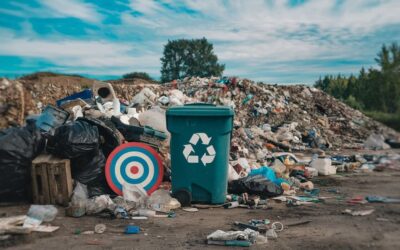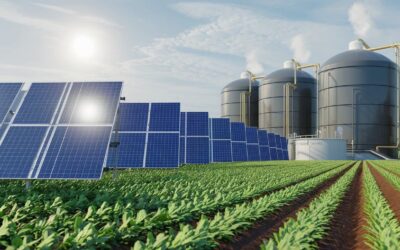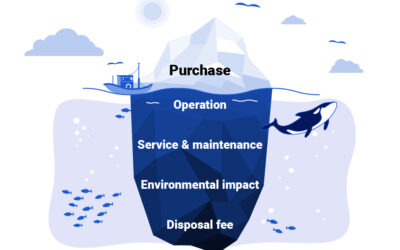We all produce rubbish, don’t we?
But have you ever stopped to think about what happens to it after you throw it away?
These days, there’s a lot of talk about waste-to-energy incineration. Some see it as an easy fix – just burn the trash and use the energy! But others argue it comes with some pretty big downsides.
So where do you stand on incineration?
Is it the answer we’ve been looking for or a step in the wrong direction?
There are good arguments on both sides, which we’ll weigh up in this article. We’ll look at how waste-to-energy incineration works, the claimed benefits like low-carbon electricity generation and reduced landfill, but also the potential health and environmental risks.
With the facts laid out, you can make up your own mind on whether building more incinerators is really the way forward.
What Is Incineration?
Incineration is the process of burning waste materials at high temperatures to reduce their volume and generate useful byproducts like heat and power. Municipal solid waste, medical waste, and hazardous waste are often incinerated.
Reducing Waste Volume
The primary goal of incineration is to significantly decrease the amount of waste that ends up in landfills. Burning waste at extremely high temperatures, around 900-1000°C, reduces its volume by up to 95% as organic materials are combusted and converted into ash, flue gases and heat. The leftover ash and residue take up much less space. Many communities use incineration as an alternative to landfilling and a way to extend the lifetime of waste sites.
Generating Energy
The heat generated during incineration can be used to produce steam and electricity in a waste-to-energy plant. The steam powers turbines to generate power which is fed into the grid. Some incinerators are able to produce enough energy to power themselves, while others generate excess power that is sold to utility companies and local residents. Using waste as a fuel source to generate energy helps to offset the use of fossil fuels and the associated greenhouse gas emissions.
Controlling Pollution
Modern incinerators have advanced emission control systems to limit the release of pollutants like dioxins, nitrogen oxides, and sulfur dioxides. Flue gas treatment involves scrubbing the hot gases with water and alkaline reagents to neutralize acid gases. Particulate matter is also filtered out before gases are released from the stack. Continuous emission monitoring systems are used to detect any increase in pollutants and make adjustments to the control systems. Advanced combustion technologies and high temperatures help to break down toxic materials and minimize the formation of harmful byproducts.
While incineration has some environmental benefits, it remains a controversial waste management option due to concerns over air pollution, health impacts and the high costs of building and operating waste-to-energy facilities. For many communities, incineration needs to be combined with recycling and composting programs to achieve sustainable waste management.
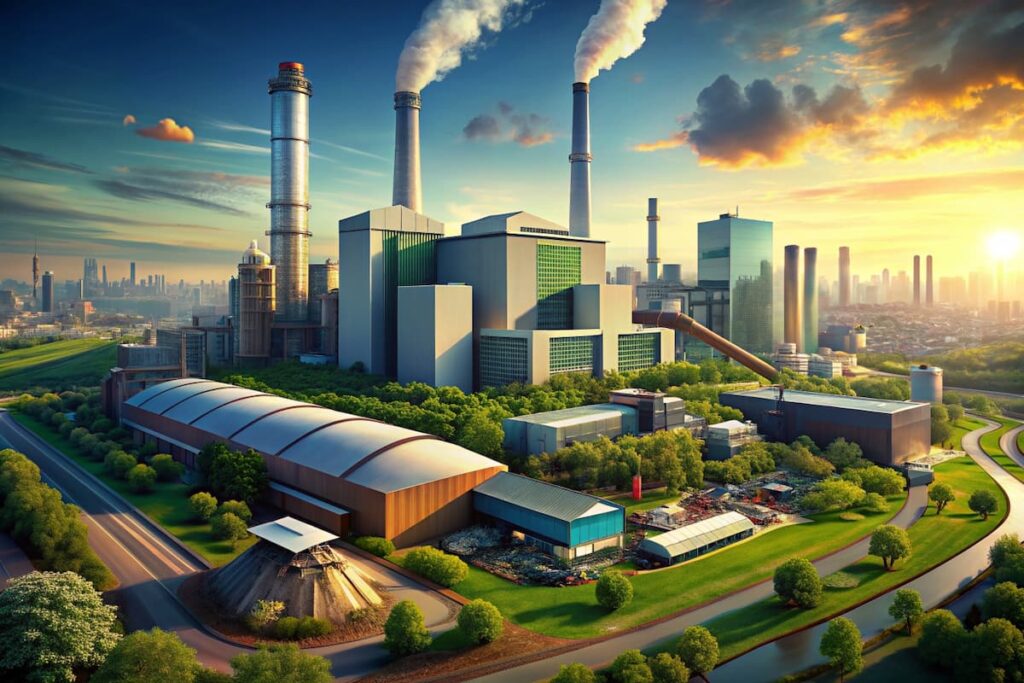
How Incineration Works
Incineration involves burning waste at extremely high temperatures, typically over 850°C, to destroy contaminants and recover energy. The process begins by preparing the waste. Workers remove oversized items that won’t burn easily and recover recyclables like metals. The remaining waste is then fed into a combustion chamber.
Combustion Process
Once inside the chamber, the waste is burned which generates an enormous amount of heat. This heat is used to boil water into steam which then spins turbines to generate electricity. Some facilities are able to generate enough electricity to power the entire incineration process with excess to sell to the grid. The extreme heat also helps to break down chemicals and contaminants in the waste, making the end product less toxic.
Emissions Control
Incineration does produce emissions, so facilities use a variety of methods to control pollution. Flue gas treatment involves scrubbing the hot gases from combustion to neutralize acidic gases like sulfur dioxide. Selective catalytic reduction is also used to convert nitrogen oxides into nitrogen and water. Activated carbon can absorb heavy metals like mercury. Scrubbers and filters also remove particulate matter before the flue gas is released from the stack.
Ash Residue
Despite the best available emissions control technology, incineration still produces ash residue that requires disposal. Bottom ash refers to the residue left over at the bottom of the combustion chamber. It makes up about 90% of the total ash and is less hazardous so it can be used for landfill cover or in construction materials. Fly ash refers to the lighter ash that floats in the flue gas stream. It contains higher amounts of toxins so requires disposal in specially lined landfills.
While incineration does destroy waste and recover energy, its environmental impact remains controversial. Proper emissions control and ash handling are critical to minimizing pollution. Communities near incinerators also often complain about noise, traffic, and odours, underscoring the need for facilities to be good neighbours. When done right though, incineration can be one solution for waste-to-energy.
What Types of Waste Can Be Incinerated?
Municipal Solid Waste
The most common type of waste incinerated is municipal solid waste (MSW), which includes everyday items like food scraps, paper, plastics, and yard trimmings. MSW incineration reduces the volume of waste by up to 90% and the weight by up to 75%. The heat generated from burning MSW can also be used to produce electricity or steam for heating and industrial uses.
Hazardous Waste
Hazardous wastes like solvents, chemicals, and industrial byproducts require special high-temperature incinerators to break down their complex compounds. These incinerators operate at temperatures hot enough (often over 1200°C) to destroy toxic materials so they can’t pollute the air or water. Many hazardous waste incinerators include pollution control equipment to limit emissions.
Medical Waste
Incinerating medical waste like disposable syringes, used bandages, and pathological samples is necessary to eliminate the risk of infection or disease transmission. Special medical waste incinerators are designed to handle the unique challenges of burning biological and anatomical waste at high enough temperatures (typically over 800°C) to destroy all pathogens. Different types of medical waste incinerators include controlled-air, excess air, and rotary kiln incinerators.
Biomass and Animal Waste
Some incinerators are designed specifically for agricultural waste products like crop residues, manure, and slaughterhouse waste. Burning biomass and animal waste provides a way for farms to dispose of waste in a sustainable manner while also generating renewable energy. The heat and gases produced during incineration can be used to generate electricity or produce biochar, a charcoal-like substance used as a soil amendment.
While incineration does significantly reduce the volume and mass of waste, its use remains controversial due to air pollution and emissions concerns. Continued improvements in pollution control technology aim to limit toxic emissions and make waste incineration a more viable and sustainable waste management and energy solution.
Is Waste-to-Energy Incineration Good or Bad?
Reduced Waste Volume
Incineration can decrease the volume of waste by up to 90%, saving landfill space. The ash and metals left over after incineration take up far less space than the original waste. This means that waste-to-energy plants require less land and resources to operate compared to landfills.
Energy Generation
Incineration allows us to generate electricity and heat from waste combustion, contributing to energy security. The heat released during incineration can produce steam to generate electricity or provide heating to local buildings. Some incinerators can generate enough electricity to power tens of thousands of homes. Using waste to produce energy reduces our dependence on fossil fuels like coal and natural gas.
Resource Recovery
Valuable materials like metals can be recovered from the incineration process and recycled. Ferrous metals like steel and non-ferrous metals such as aluminium and copper can be separated and sold, creating an additional revenue stream. Incineration also enables the recovery of mineral residues which can be used in construction materials.
While incineration does have environmental benefits, it also has some downsides like air pollution, toxic ash, and high capital costs. However, modern incinerators are well-regulated to minimize pollution. They also aim to maximize energy recovery and recycle as much as possible from the incineration process. When done responsibly, waste-to-energy incineration can be an efficient way to handle waste while generating valuable resources. The pros and cons must be weighed carefully based on the local context and priorities.
Overall, waste-to-energy incineration offers an opportunity to sustainably manage waste through reduced volume, energy generation, and resource recovery. With strict regulations and pollution control technology, incineration can be a viable option for communities looking to make the most of their waste.
The Drawbacks and Health Concerns of Incineration
Toxic Pollutants
Incineration releases toxic pollutants like dioxins and furans that can cause cancer, birth defects, and other health issues. These pollutants end up in the air, water, and soil, contaminating the environment and harming communities located near incinerators. Even the most advanced incinerators still emit some amount of toxic chemicals.
Particulate Matter
Burning waste produces particulate matter – tiny particles that can penetrate deep into the lungs. Exposure to particulate matter has been linked to respiratory diseases, heart attacks, and premature death. Incinerator emissions often contain heavy metals like lead, mercury and cadmium that attach to particulate matter, creating an even greater health hazard.
CO2 Emissions
While incineration is often touted as a source of “green” energy, the reality is that burning waste releases carbon dioxide, a greenhouse gas that contributes to climate change. Municipal solid waste incinerators in the U.S. produce about as much CO2 per unit of electricity as coal-fired power plants. Some environmentalists argue that incineration discourages more sustainable waste management practices like recycling and composting.
Cost
Incineration requires massive capital investments to build and operate waste-burning facilities and pollution control equipment. The high costs often fall on taxpayers and local governments. Many communities struggle to pay off the debt from incinerator projects, limiting their ability to invest in other public services. Banning incineration in favor of waste reduction, recycling, and composting can save money and drive more sustainable waste management.
Incineration may seem like an easy fix for waste problems, but its many drawbacks show why many see it as an outdated technology that threatens environmental and public health. Safer and more sustainable waste practices are available, and communities are increasingly turning to them.
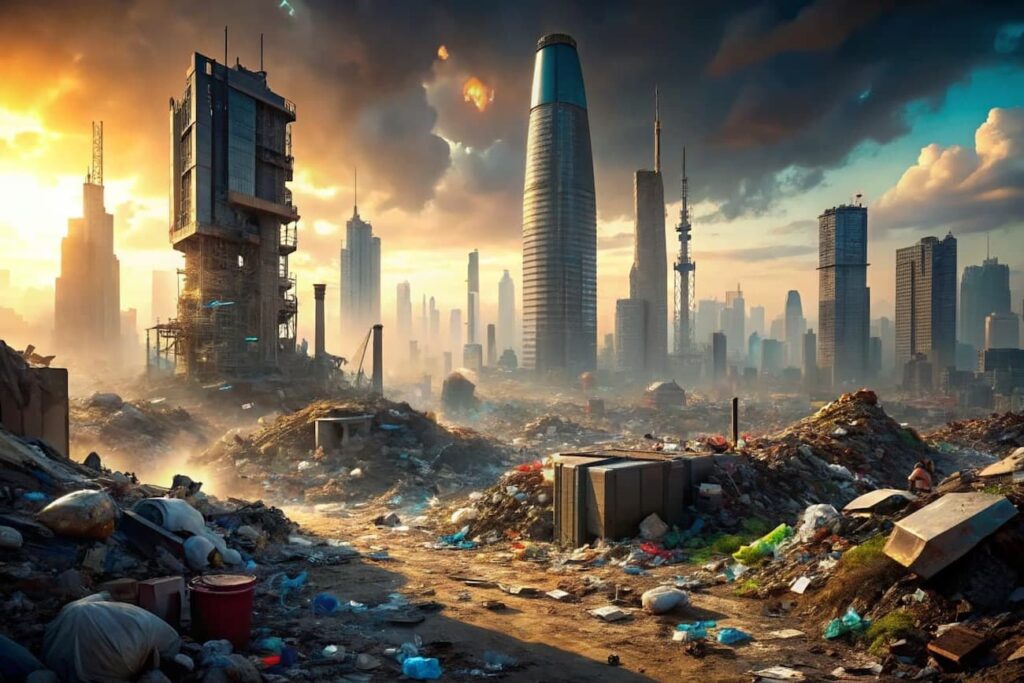
The Evolution of Incineration Technology and Emission Controls
Incineration has come a long way since its early days. Originally, incinerators had almost no pollution controls, emitting toxic gases, dioxins, and heavy metals into the air. As environmental regulations tightened, incinerator technology advanced rapidly to reduce emissions and increase efficiency.
Modern incinerators now incorporate advanced combustion controls and multi-stage pollution prevention systems. By precisely controlling factors like temperature, oxygen levels, and residence time, complete combustion can be achieved, minimizing the formation of dioxins and other pollutants. Scrubbers then remove acid gases, particulate matter, heavy metals like mercury, and dioxins from the exhaust before it’s released from the stack.
Some of the latest incinerators also use selective catalytic reduction (SCR) to reduce nitrogen oxides by up to 95% by injecting ammonia or urea into the exhaust. Baghouse filters, which use fabric filters to capture particles, have replaced old electrostatic precipitators. Activated carbon injection is also used by some plants to absorb dioxins, mercury, and other heavy metals.
These advanced controls have made modern incineration much more environmentally friendly, allowing waste-to-energy plants to meet or beat the strictest emissions standards. The most advanced incinerators can now achieve near-zero emissions of pollutants like dioxins while generating energy from waste that would otherwise end up in landfills. Some critics argue that incineration still produces too much pollution and that landfilling or recycling are better options. However, when properly regulated and controlled, modern incineration can be a sustainable way to manage waste and generate much-needed renewable energy.
The evolution of incineration is a story of technological progress through investment, innovation and regulation. By continually improving combustion and developing new ways to curb emissions, incineration has emerged as an increasingly viable and eco-friendly waste management solution.
Case Studies on the Use of Incineration Around the World
Incineration as an energy source has been implemented in various ways around the globe. A study in Wuhan, China evaluated the sustainability of several waste incineration plants. They found that, when properly operated, incineration can be a sustainable method for waste management and energy production.
Fluidized bed incinerators, which suspend waste in hot sand during combustion, have been explored as a technoeconomic solution. According to studies by the IEA Bioenergy Task 36, these systems have been successfully implemented in Japan, Finland, and the UK. The studies showed that, although capital costs can be high, operating costs are often lower than other waste management methods.
Addfield Environmental Systems Ltd has showcased several incinerator case studies that have impacted waste management on a global scale. For example, a medical waste incinerator installed in a major UK hospital has processed over 10,000 tonnes of hazardous clinical waste since 2002. An industrial wastewater incinerator installed in a chemical plant in India has eliminated the need for wastewater treatment and recovered enough energy to power the entire facility.
Some critics argue that incineration merely reduces waste volume rather than achieving zero waste. However, when used for certain non-recyclable waste streams, incineration can be an effective method for waste reduction and energy recovery. With proper emissions control and monitoring, modern incinerators can be a sustainable waste management solution.
Continued advancements in incineration technology and case studies on successful global implementations provide promising evidence for waste-to-energy systems as a renewable energy source. Although not without challenges, incineration may play an important role in future sustainable waste management practices worldwide.
Conclusion
So there you have it. Waste-to-energy incineration certainly has its benefits, especially when it comes to generating electricity and reducing the volume of rubbish going to landfill.
But it’s not without its controversies, like air pollution and the need to keep ‘feeding’ incinerators.
At the end of the day, it comes down to what works best for each community.
There’s no perfect solution, but we can keep working to improve waste management and make the most of what we produce.
The challenge is balancing our energy needs with environmental protection.
But with care and creativity, we can find ways to achieve both.
What do you think – could incineration play a role where you live?
Have a ponder and let us know your thoughts!


